Solar power - Pure/true vs modified sine waves and inverters
AC (Alternating Current) electricity involves electrons that move back and forth in a wire. However, they do not move in one direction, then instantaneously stop, then move in the other direction, then instantaneously stop, then move back again, ... Instead they move in one of two ways: as a true/pure sine wave or as a modified sine wave.
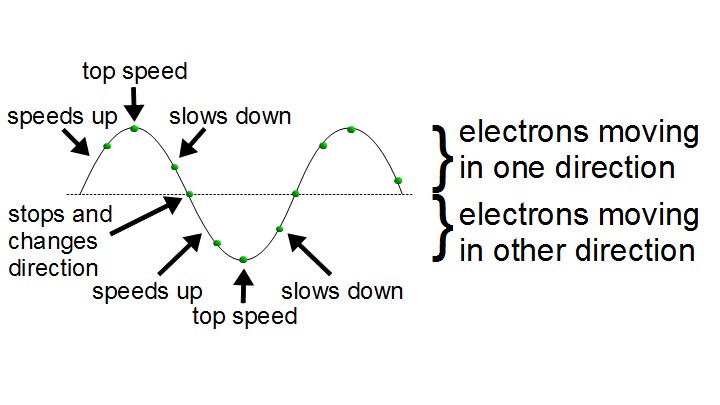
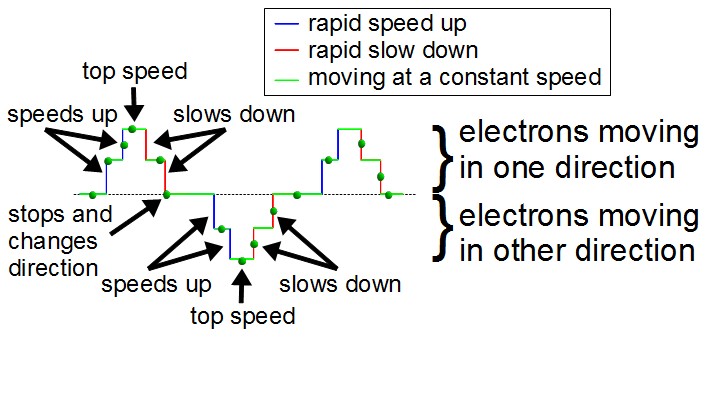
With a true/pure sine wave they accelerate in one direction until reaching top speed and then decelerate in the other direction until they stop and then they change direction and accelerate in that direcition until reaching top speend and then decelerate in the other direciton, ... The result is a very smooth movement as in the graph on the left above. The electricity you get from the power utility company is like this.
A modified sine wave, on the other hand, is not even a sine wave. It's really a modified square wave. In this case the electrons very rapidly speed up and continue at that speed and then rapidly speed up again and continue at that speed and then rapidly slow down and continue at that speed and then rapidly slow down again and then stop for a while. They then repeat all this in the other direction, ... The result is a very jerky movement as in the graph on the right above.
The problems
All appliances work with pure sine wave inverters. However, some may not work with modified sine wave inverters:
- may cause buzzing sound with some cheap stereos and ceiling fans;
- some digital clocks will not work;
- inductive motors, as found in some power tools, may not work properly.
The problem with pure sine wave inverters is that they cost more than modified sine wave inverters, anywhere from a few hundred to thousand dollars more. If you have a system for cottege use, you may be less picky in your selection of appliances but if the system is for your primary residence then you'll want a pure sine wave inverter. Low power pure sine wave inverters of less than 1000 watts used to be hard to find but are available nowadays.
Demonstration of true/pure sine wave vs modified sine wave
I hooked up a small inverter to a battery and used an oscilloscope to see the shape of the inverter's output (the waveform.) An oscilloscope is a device that can show in graph form what the output of the inverter looks like. It's showing the voltage because that's what oscilloscopes measure when hooked up directly to an inverter's output. See the first photo below for the test setup.
The inverter I used puts out modified sine wave and its output can be seen in the photo on the left below. To get a photo of what pure sine wave looks like, I used the oscilloscope to measure the output from a wall socket/receptacle. The photo on the left below shows that output*.
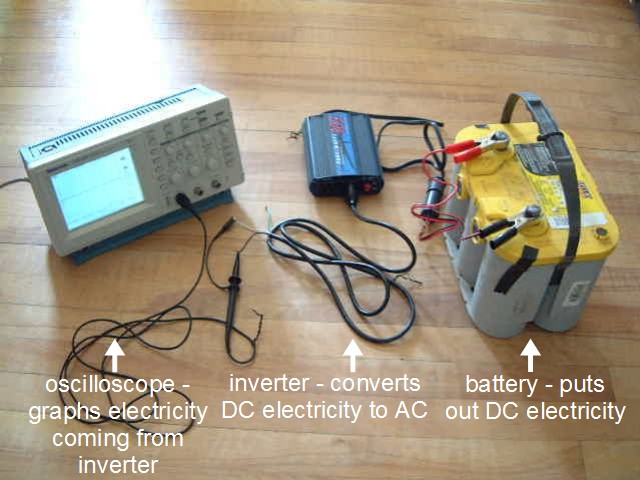
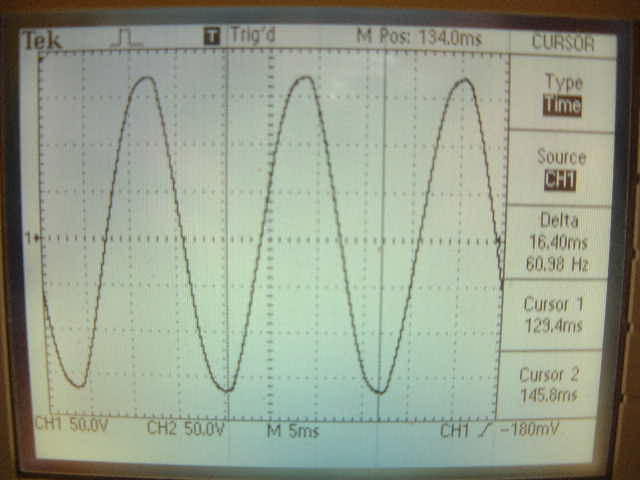
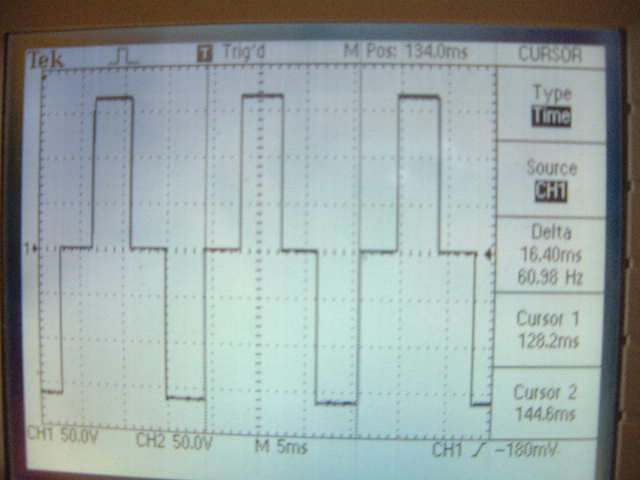
* The output on the left is a little squished horizontally making it look triangular because of the timebase I used on the oscilloscope. I wanted to use the same timebase that I used for the modified square wave on the right and with that, I wanted to get at least three waves in. There's also a little distortion at the peaks.
